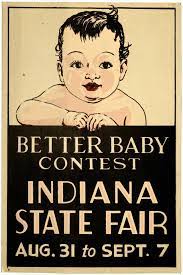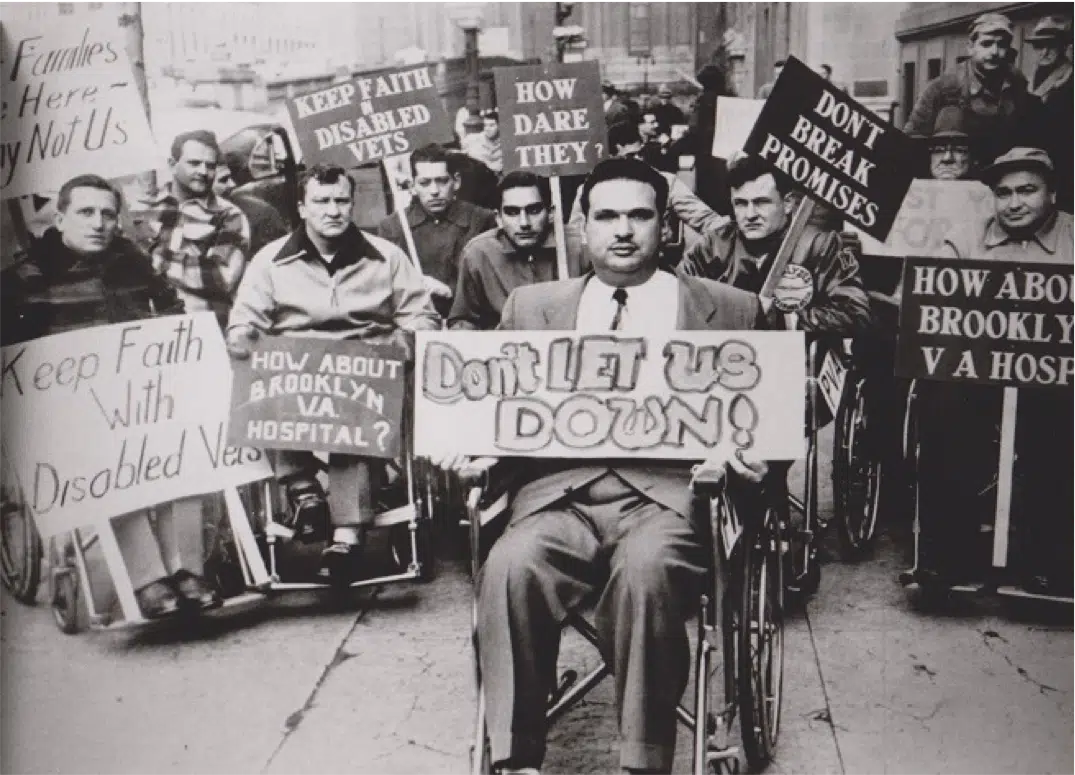State & Federal Resources
View Resources by Category
ADA & Accessible Ground Trans / Fact Sheets
ADA / American with Disabilities Act
ADA / Federally Funded Facilities
ADA / U.S. Transportation
ADA National Network
Affordable Care Act / Fact Sheets
AIDs/HIV
Benefits
Cerebral Palsy/Spinal Injury/MS
Cognitive/Developmental/TBI
College - Mental Health
College Students
Deaf / Hard of Hearing
Deaf/ Hard of Hearing
Disability Rights Organizations
Education
Employment
Fact Sheets
Federal Communication Access
Federal Housing
General Disability Information
Home Modifications
Public Health Resources
Item One
Item Two
DISABILITY AWARENESS & ADVOCACY
“Disability Rights are Human Rights” and “Nothing about us without us” are not just slogans. We, people living with disabilities, have a long history of discrimination and abuse. At times it comes from well intentioned people.
Indiana’s first State Constitution in 1816 included a clause that the State would provide one or more farms to be asylums for people they deemed to be unfortunate allowing them to be employed at the farms with every reasonable comfort so they feel useful and not be degraded by a sense of dependence. Today Indiana has 524 nursing facilities in 92 counties.
Eugenics in Indiana
DEFINITION: Eugenics is the scientifically erroneous and immoral theory of “racial improvement” and “planned breeding,” which gained popularity during the early 20th century. Eugenicists worldwide believed that they could perfect human beings and eliminate so-called social ills through genetics and heredity
Many residents in these institutions were subjected to forced sterilization as a part of the eugenics movement beginning 1907 and was repealed in 1963. Marriage was prohibited in Indiana beginning in 1905 if you were mentally deficient, had a transmissible disease or a habitual drunkard. 1920 as part of the eugenics movement the Indiana State Fair held Better Babies contests for more than a decade.
The history of the independent living movement in the United States can be traced back to as early as the 1850s, when deaf people began establishing local organizations to advocate for their interests. These local groups merged into the National Association for the Deaf in 1880.
Protesting can be traced back to the depression years in the 1930’s. The League of the Physically Handicapped held protests against the federal government for discrimination against disabled people in federal programs.
The National Federation of the Blind and the American Federation of the Physically Handicapped were organized in the early 1940’s.
Disabled soldiers returning from World War II established the Paralyzed Veterans of America.
The current history of the independent living movement is tied in with the African American civil rights struggle and with other movements of the late 1960’s and 1970’s. A major part of these activities involved the formation of community-based groups of people with different types of disabilities who worked together to identify barriers and gaps in service delivery. To address barriers, action plans were developed to educate the community and to influence policy makers at all levels to change regulations and to introduce barrier-removing legislation.







Ed Roberts, the Father of Independent Living began at Berkley in 1972. Starting the first Center for Independent Living called “THE CIL”. It is still changing people’s lives today!

The program they developed was called the Physically Disabled Students Program (PDSP). Included were provisions for Personal Assistance Services, wheelchair repairs, emergency attendant care and help in obtaining whatever financial services were available under the various states, federal and social service rehabilitation programs.
The three principles of PDSP were:
1. Experts on disabilities are the people with disabilities.
2. The needs of people with disabilities can best be met with a comprehensive program, rather than fragmented programs at different agencies and offices.
3. People with disabilities should be integrated into the community.
As the program gained in popularity, people with disabilities who were not students began applying for services.
These are the beginning principles of the most important parts of the Independent Living Philosophy.







